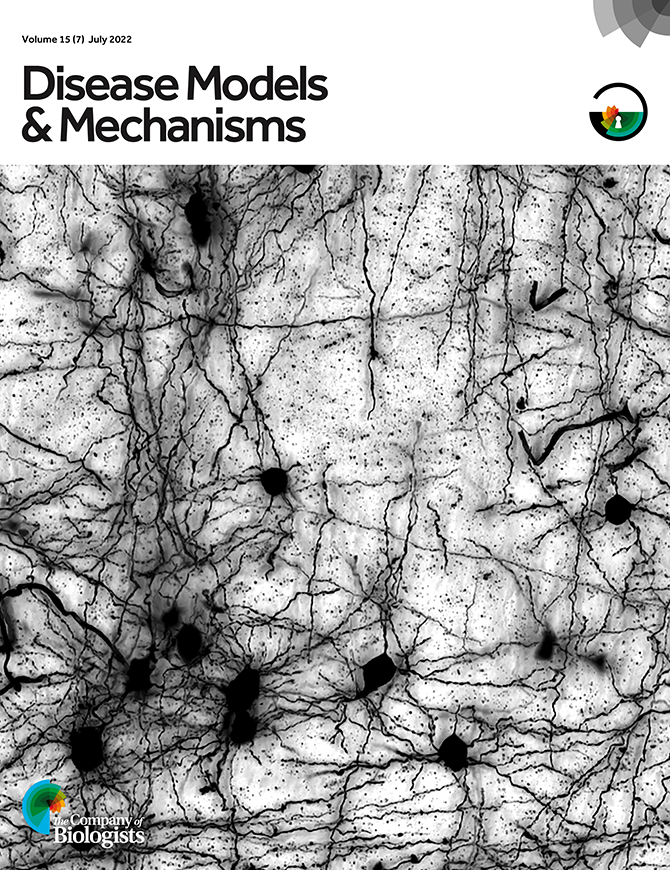By Tasneem Dalwai
Each rare disease affects less than 1:50,000 people, but with over 8000 rare diseases they are collectively common. And over 5% of the general population are affected by some rare disease. Because they are individually rare, it is hard to investigate them in humans; instead, animal models such as mouse, fish, fly, or yeast are used to study them.
Model organisms, such as the mouse, fish, fruit fly, and yeast, are intensively studied and can give useful insights into human biology, including disease-causing genes and mechanisms. One way to find human disease genes is to see if genetic perturbations lead to phenotypes that resemble those of a human with the disease. This is difficult due to intrinsic differences between organisms, but phenotype ontologies capture similarities across species and allow researchers to compare them. After carefully testing a variety of methods to identify disease genes through phenotype comparison and determining how much each species' data contributes to gene discovery. It was discovered that the underlying data had biases. When biases were removed, the mouse phenotype showed the most computationally useful similarity to human phenotypes, while fish, fruit fly, and yeast did not.
In this video, PhD Student Sarah M Alghamdi from the Bio-Ontology research group (BORG), explains how phenotype ontologies help in identifying disease genes through phenotype comparison.

Sarah's research was picked as a highlight in the July 2022 issue of Disease Models and Mechanisms Journal.
To view the July 2022 issue cover: Browse Covers | Disease Models & Mechanisms | The Company of Biologists
To view the research paper: Contribution of model organism phenotypes to the computational identification of human disease genes | Disease Models & Mechanisms | The Company of Biologists